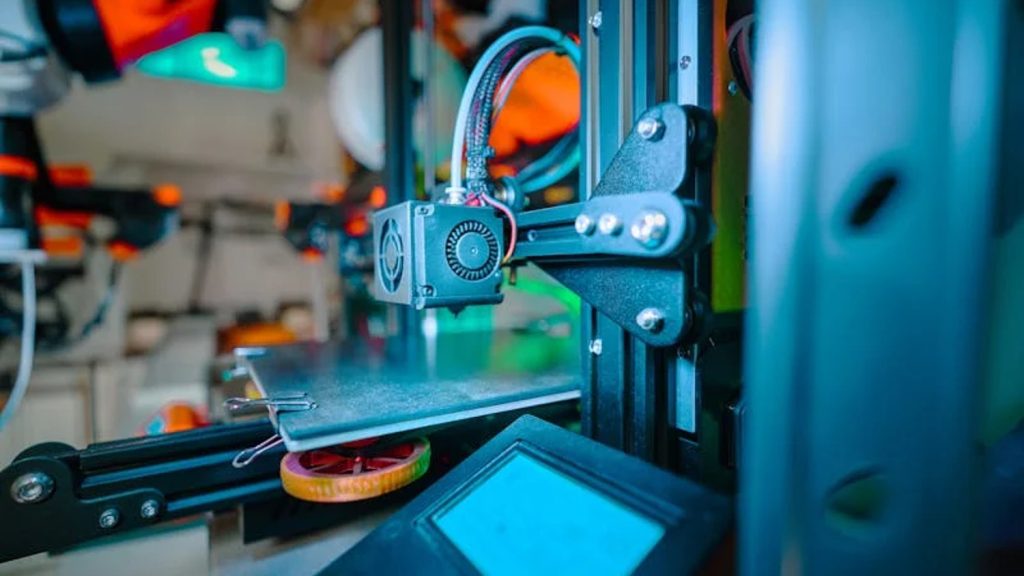As the development of metals 3D printing approaches the end of its second decade, its maturity is still in question – but like many twentysomethings, writes our columnist SJ, it still needs a little more time to find its true purpose
It’s just not the compliment I believed it to be back when I was a child: “You’re really mature for your age!”
It was a remark I heard frequently as I navigated raising my younger brother while my mother worked multiple jobs to keep a roof over our heads. I continued to hear it when I started to work odd jobs to afford school lunches, and later, when I worked three jobs to get through university.
Now that I’m in my thirties and better at pretending to be an ‘adult’, I’m more likely to hear that remark targeted at the additive manufacturing technology I love so much.
Additive evangelists will be quick to tell you about how mature the technology is, given its timeline, but providing a bit of context never hurts. Compared to more traditional methods of manufacturing – subtractive, brazing, forging, injection moulding and so on – additive is still young.
The 3D printing of polymer materials has only been around since the mid-1980s. The 3D printing of metals only started around 2004/2005. For comparison, CNC machining has been around since the 1940s. Brazing has been in use for some 5,000 years!
Roaring twenties
When it comes to 3D printing in metals, additive is still very much in its roaring twenties. Your twenties are supposed to be a magical time, characterised by plenty of exploration and soul searching, a time when you’re more accepting of making mistakes as you learn how to navigate this thing called adulthood.
But that brings me to a hard question: Is additive ready to grow into a fully mature technology?
Let’s break it down. What does it mean for a technology to be ‘fully mature’? In my world, we define maturity in levels. A technology readiness level (or TRL) is a measure of how close a technology is to being fully developed and used in a realworld application.
Is AM being used for real world applications? Sure! See, for example, SpaceX rockets, Airbus landing gear, the GE fuel nozzle, and Siemens Energy industrial gas turbines. Need I go on? The technology has definitely proven itself in real-world applications, reducing development time, increasing design flexibility, improving part performance and/or efficiency, and supporting better cooling and heat transfer.
All of these are impressive accomplishments for a technology still ripping through its twenties. But as this era comes to a close, more and more companies are struggling to be enthusiastic about a ‘mature-for-its-age’ technology. What they’re seeking instead is a technology with a bit more stability and purpose.
The next level of maturity that additive technologies must achieve is manufacturing readiness level, in order to build products reliably, efficiently and at scale
Thirty and thriving?
The next level that AM must achieve is manufacturing readiness level, or MRL. This describes how close to ready a manufacturing process is to make products efficiently, reliably, and most importantly, at scale.
As additive enters what some would call the ‘dirty thirties’, it still has so many challenges to address before it reaches that final MRL level and full-rate production.
For one, the AM process still contains a fair amount of variability and inconsistency, which make it less predictable.
Predictability is a sure-fire sign of a mature adult. Predictability is safe, and it keeps costs low and projects on schedule.
But since we’re talking schedules, AM is typically slower compared to traditional processes when it comes to mass production of parts. The technology is more suited to lower volume or custom/bespoke pieces. So considering it mature on a scale where maturity is so closely tied to mass production doesn’t seem fair.
The AM industry is so young and often leans on the knowledge of more established manufacturing processes to help make informed decisions about its future growth. Metal additive, for example, leans a lot on the field of welding to help create acceptable standards and certified processes. As helpful and insightful as that has been, metal 3D printing is not welding.
The thermal history of parts – although similar in methods of fabrication – is drastically different. These discrepancies and tiny nuances, combined with how rapidly the technology accelerates and changes every day, makes it incredibly difficult to establish universal standards and certification processes for AM parts.
Who wants a quality control and regulatory compliance nightmare in their thirties? Nobody does. So, we’ve got to stop comparing AM to other processes and let it stand on its own as a new and unique, fully formed adult.
So, to summarise, is AM technologically mature? Yes. Is it mature enough for fullrate production manufacturing? Well, it’s getting there.
As someone who has poured literal blood, sweat and tears into this industry, into getting parts and machines qualified, and has helped to serve on boards and committees to advance the maturation of the technology, I have a lot of hope for the future.
This article first appeared in DEVELOP3D Magazine
DEVELOP3D is a publication dedicated to product design + development, from concept to manufacture and the technologies behind it all.
To receive the physical publication or digital issue free, as well as exclusive news and offers, subscribe to DEVELOP3D Magazine here






